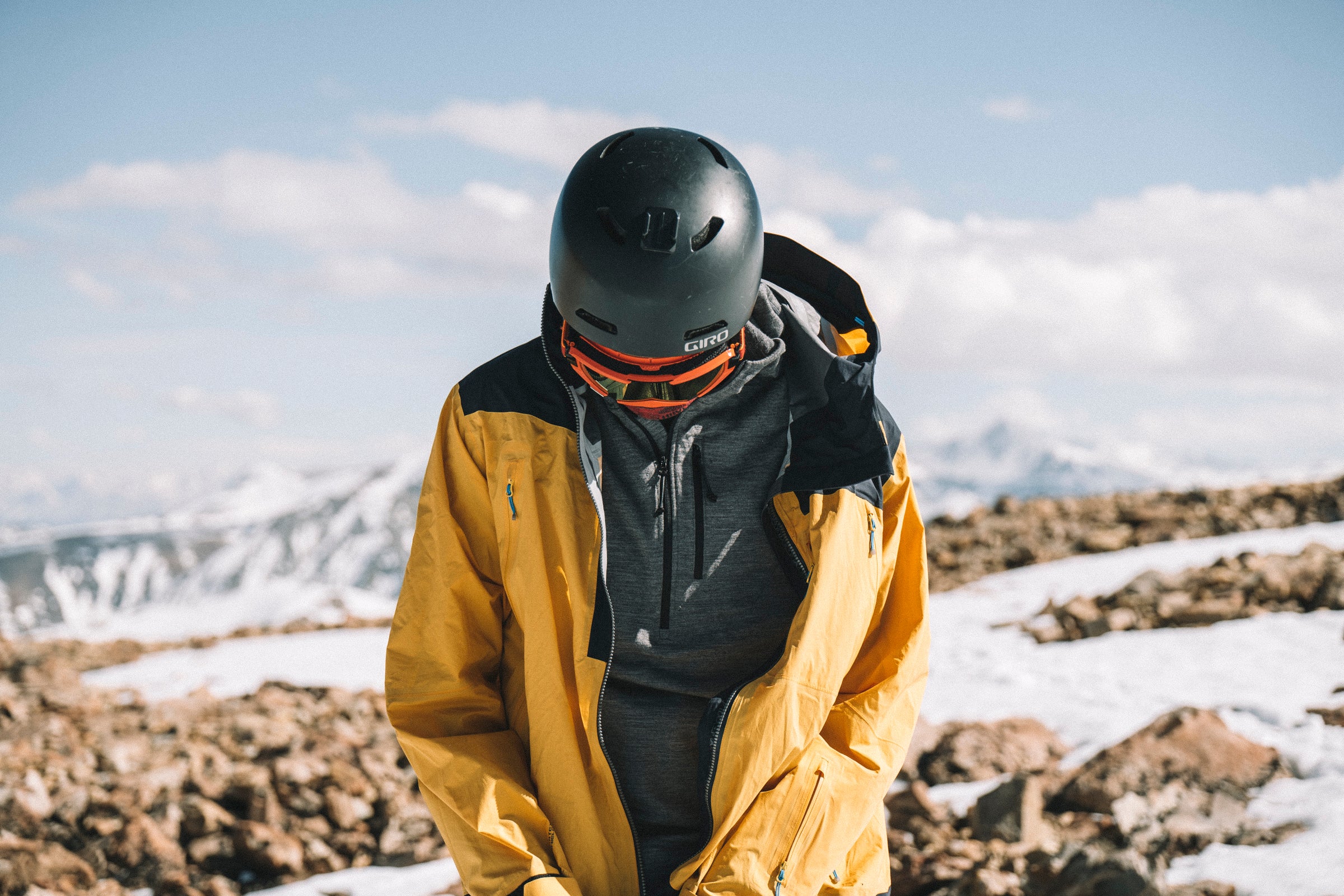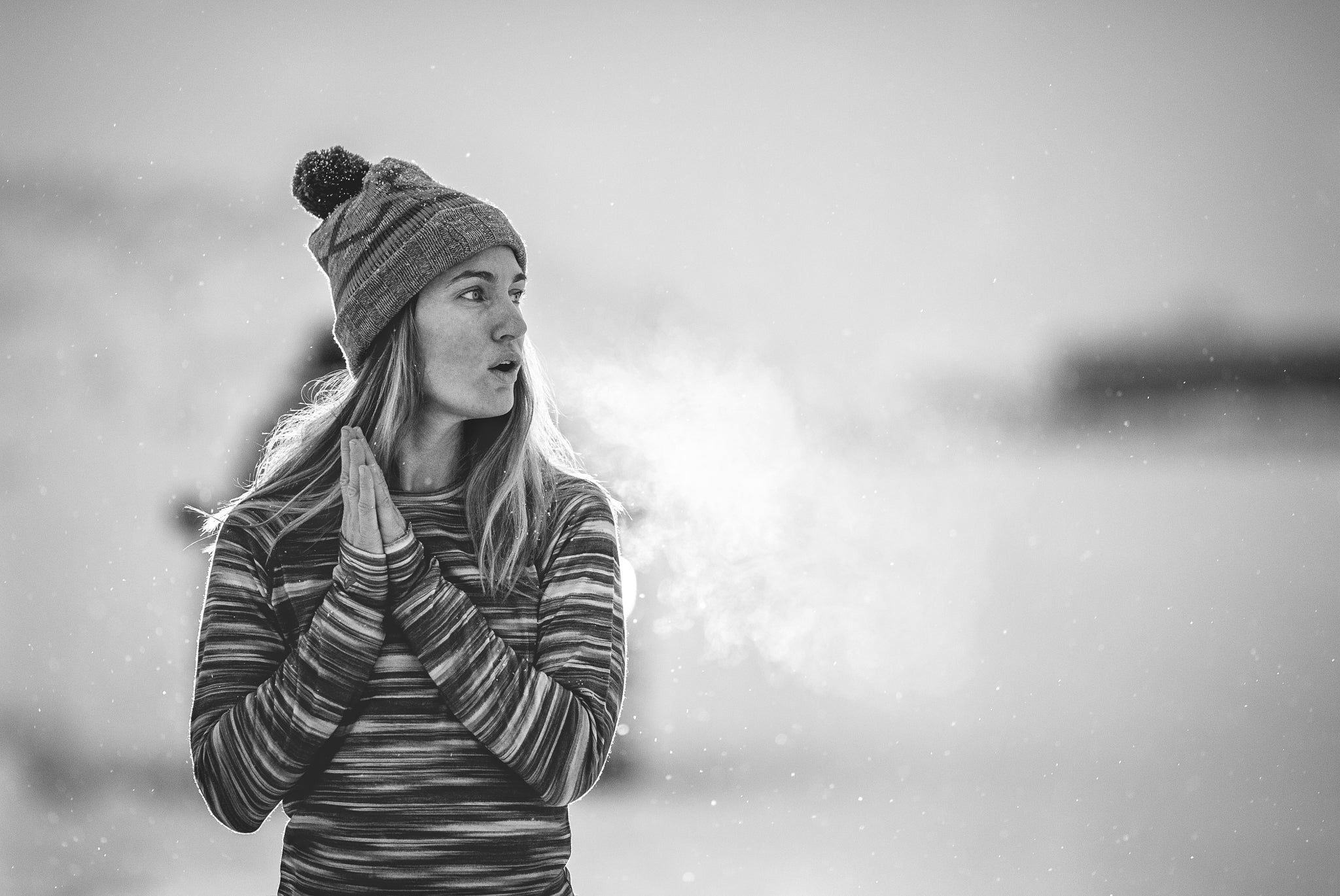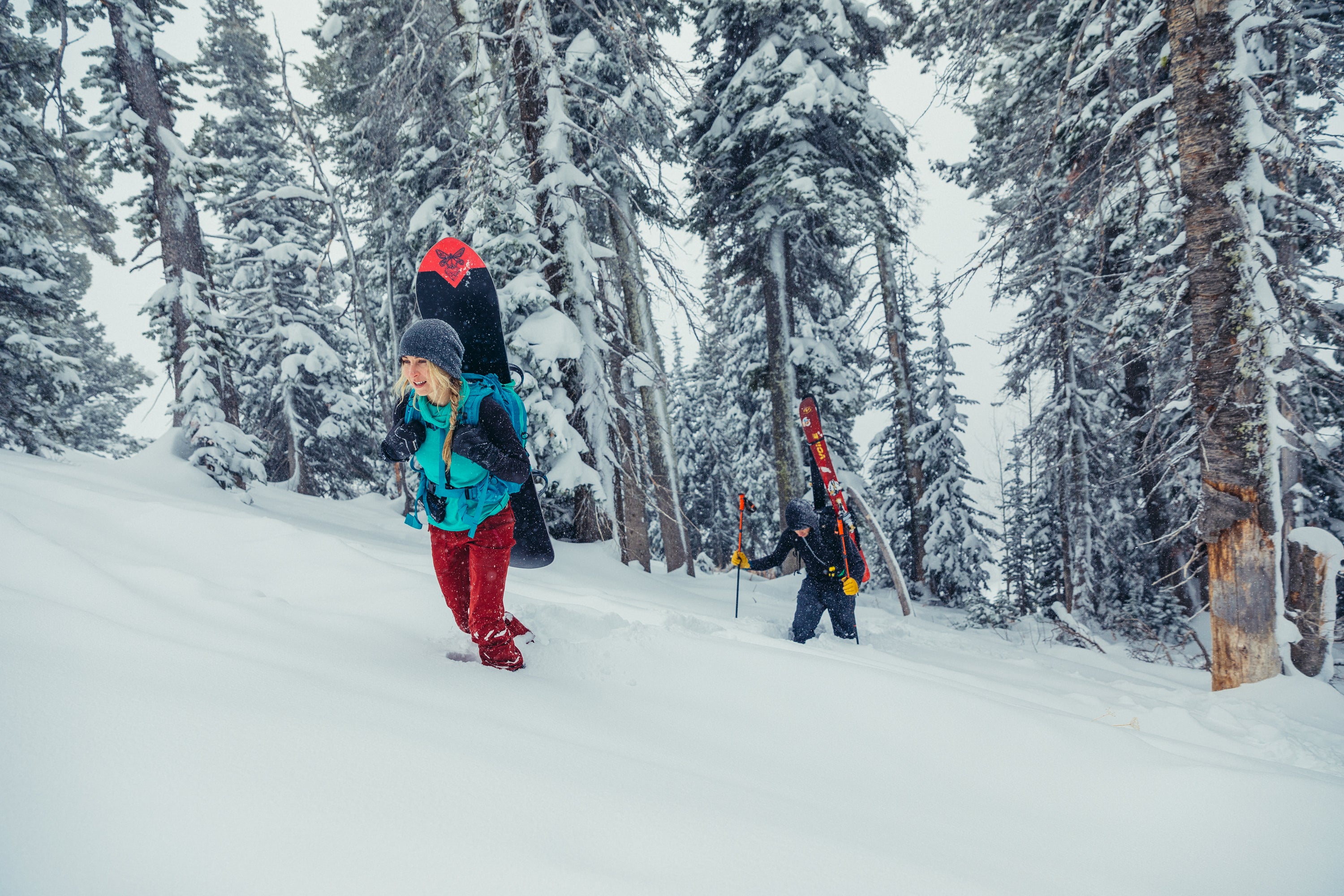Layer Like a Pro To Stay Warm and Dry This Winter

Winter weather is notorious for how quickly and drastically it can change. A sunny morning may turn into a stormy mess within a matter of minutes. The quick changes in weather coupled with the cold can quickly put a damper on your outdoor plans.
While there are other ways to stay warm (nothing against sitting inside by the fire!), our tried and true method for getting outside and staying comfortable is proper layering. When you learn how to layer clothes for winter activities, you’ll find yourself happier and able to stay out longer.
Proper winter layering is an intentional - and surprisingly easy - approach to the age old dilemma of freezing your butt off during the winter months.
Step 1: The Base Layer
The job of the base layer is to wick moisture away from your skin while providing breathability. It’s your first and arguably most important barrier from the cold.
A base layer is today’s version of long johns or long underwear. Different fabrics are used for modern base layers, but steer clear of cotton, which tends to soak up water and can chill you. Synthetics like polyester, polypropylene and nylon are commonly used but tend to absorb odors and give you that not-so-fresh feeling.
Merino wool clothing stands apart thanks to its ability to insulate, breathe well, wick sweat, dry quickly and resist odor. Merino also traps air within the wool fibers to naturally regulate temperature: insulating when it's cold and letting air escape when it gets warm.
You’ll want top and bottom Merino wool base layers that fit close to your skin to create and hold in warmth. Base layers come in different weights. Choose a heavier base layer for cold weather and more sedentary activities. Choose a lightweight one for warmer temperatures, high aerobic activities or if you tend to run hot. Your undergarments also acts as a base layer, so consider Merino wool underwear as well.
Pro tip: Tuck your base layer top into your base layer leggings for the best protection during snowy activities.
Step 2: The Mid Layer
The mid layer’s job is to insulate you, keeping your body heat in and the cold out. During any activity that gets your heart rate up, your mid layer should continue the transfer of moisture away from your skin. A good mid layer and base layer work together to trap air between layers making you warmer and more comfortable. For the reasons mentioned above, a 100% Merino wool mid layer is a great option.
Mid layers take many forms, and what kind of outer layer you plan to wear will dictate what the ideal mid layer is. If a puffy is your outer layer, look for a mid layer with less insulation. If you’re wearing an uninsulated outer layer, you’ll need a warmer mid layer.
Pro tip: If you’re going out on a really windy and cold day, throw on two mid layers. A down puffy or a soft shell jacket can give you another line of defense in rough weather.
Step 3: The Outer Layer
The outer layer has one job: to protect you from the elements. You’ll want your outer layer to be waterproof but still breathable. Waterproof and breathable coats are best for staying warm and dry, but they’re also the most expensive. If you plan to spend a lot of time outside in storms, we say spend the extra money so you can keep your spirits high on those days.
Outer layers can be insulated or not (people refer to uninsulated outer layers as “shells”). It’s up to you if you want extra insulation in your outer layer or not. With proper layering underneath, an uninsulated shell will still keep you warm and dry.
Pro tip: Don’t forget the accessories. Your arms, legs and torso can be warm and toasty with this layering system, but if your feet, hands and face get the chills, it’ll be hard to bounce back. We recommend a neck gaiter or a balaclava (best for a super stormy day) as well as good wool socks and a pair of waterproof gloves or mittens.
If the sun comes out in the middle of your day, the beauty of this layering system is that you can take a layer off and not spend the rest of the afternoon burning up.
Proper winter layering is an intentional - and surprisingly easy - approach to the age old dilemma of freezing your butt off during the winter months.
- Tags: how to layer layer like a pro long johns long underwear merino merino wool base layers merino wool baselayers merino wool clothing merino wool underwear ski skiing snow snowboard snowboarding winter
0 comments




